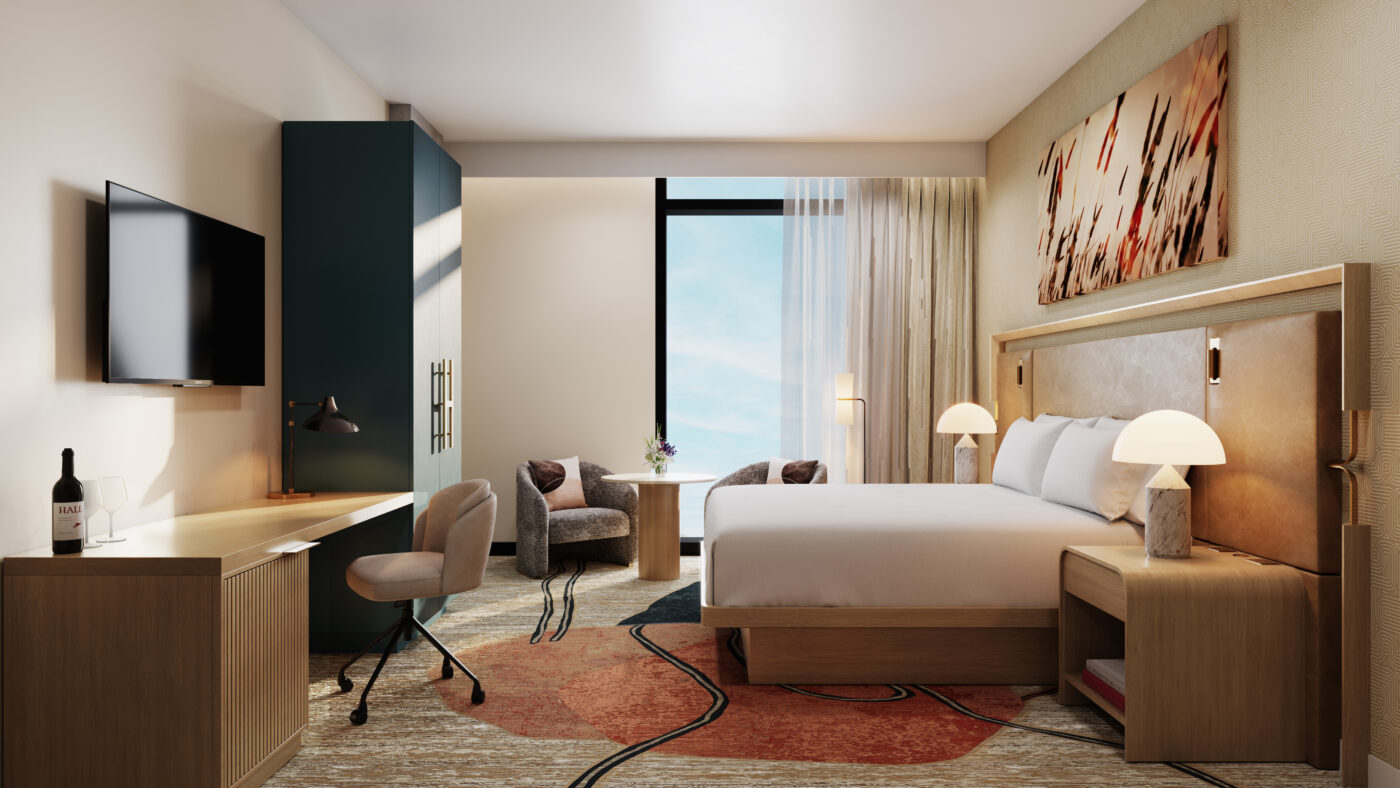“What’s in a name?”, you may ask, “People who work with me know how good I really am at what I do! I deliver great solutions and they love it, and at the end of the day, it’s a win-win for both me and my clients. So why should I spend time building a whole set of collaterals?”
This is an answer received very frequently from people and firms who may be doing excellent work but have not developed a significant branding strategy for their organization. The argument might have its merit, but, in the fast-paced consumer market of the 21st century, getting ahead can be challenging if you do not have a brand identity plan set in place.
Let us try to understand what this means, and how this affects your firm.
As an individual with an adequate social life, you have a particular identity known to people around you. Your friends, family, colleagues, and acquaintances might call you by several different names, based on the memories and relations you share. Some might have a nick name for you, while others may call you something else entirely. However, all of them know what your official name is and what you are like as a person. The identity you have built for yourself over the years is not just your name but the entire set of unique personality and behavioral aspects that you have.
On a similar note, organizations need to build their identity to not just built elements of recognition but also to stand out amongst all others in the industry.
So, what really entails brand building, in general and especially for architectural and interior design firms?
As a 3D rendering studio with extensive experience working with international organisations for developing interior renderings, we can share information on how brand building is so important. Your brand identity symbolises, through various branding elements like your logo, mission, vision, emblem, etc., the personality of your brand. It communicates what you stand for, and the kind of design style you cater to. It is a message to the world talking about who you are and what you stand for.
Your brand identity really helps you build trust with your clients. Showcasing your designs through interior 3D renderings does well on impressing when backed by a strong brand name.
If you are on the path to build a strong brand identity, here are 5 ways that can help you in your journey.
1. Knowing who you are on the inside
Table of Contents

What was the vision of the founding members of your organisation while starting out? Are you a firm that aims to specialise in a certain design language that caters to a niche market? Or are you fluid and open to experimentation, letting the world around you be your inspiration?
These are a few points to think about while building your brand’s identity and the brand elements. Diving deep toward your own roots not only gives you a clear idea about who you are as a living organisation, but also clearly sends the message to your current and potential customers. It builds on reliability as well.
For example, if you are an interior design firm specialising in modern, minimalistic, and sophisticated designs, your brand elements should embody this message. Your portfolio of designs showcased via interior CGI should be in your brand identity in essence. You must always ensure that, to convey a strong brand identity message, the visual, written, oral and intuitive experience should be uniform across all customer touch points, including your website, studio, store front, collaterals like brochures or digital portfolios, and more. Working with interior 3D rendering studios can help you portray your designs perfectly through CGI on your portfolio.
2. Knowing your customers well

Once you are well tapped in to your roots as an architectural visualisation or interior design firm, you must, in parallel, have a deep know-how of who your customers are. The first step, in this regard, is building a customer persona.
A persona is a hypothetical form that has all the attributes of your typical customer. For design firms, this can be either a solo/personal client who wishes to redesign their house or another organization, like a hotel that wants to redo their interiors. Both types of customers will have certain common requirements, style-wise, the reason for which they have chosen your firm in particular. However, there will of course be points of difference, like the budget and scale of work. If you cater to both enterprise clients as well as individuals, you can build two different personas.
This kind of bifurcation can help you set your design and communication style and brand elements in a way that appeals to both kinds of customers. Or else, you can even create two different brands that cater to these two different types of customers, with identity elements that seem personable to each, respectively. This will, however, be a strategic move and needs to be in line with your budgetary guidelines. The subsequent step will naturally be to build a digital portfolio with your interior 3D renderings that align with the customer persona.
3. Knowing where your customers are looking for you

In an age of consumerism as dynamic as now, you never know where your next customer may find you. That is why, you need to be aware of the various social platforms, like online events, LIVE events, professional get-togethers, social media, where people might be looking out for services that are exactly the kind that you offer!
Although attending such events is part of your broader marketing strategy as a leading architectural or interior design firm, building strong brand collateral helps you be customer-ready no matter where you are. Once you flesh out your brand elements and communication plan, customise them specifically for the various kinds of platforms where you are likely to meet potential customers.
For example, if you cater to a market for luxury based interior design to high end customers, chances are you would meet a lot of your clients at elite social gatherings, professional events, or even word of mouth. In such cases, it is useful to have business cards and smaller communication packs handy that clients can easily refer to later. Make sure to have your contact details in place and an easy way, like a QR code, through which your potential clients can visit your website and check out your digital portfolio. While preparing your collaterals, do keep in mind to keep an impressive portfolio of 3D interior renderings of your designs ready for showcasing at any point of time.
4. Knowing how to invest in quality

When it comes to getting high intent leads for your firm, attention to detail while developing your brand elements and marketing collateral goes a long way in building the trust of the customer. Here are a few things you can do that subtly convey that you deliver on your promise of quality.
- Having a clean, well maintained website with updated links and contacts,
- Printing brochures, business cards and physical catalogues on high quality paper
- A studio or office space designed in a way that exactly describes your style and vision
- Strong digital portfolio of high quality and aesthetic interior CGI for your best designs
- Customer communication that is professional and polite, yet warm.
Having talked of everything else, it is now important to emphasise that your people are really what makes your firm stand strong. There would be no projects or customer service, if your employees did not work hard every day to deliver high quality results. To build a strong brand, your people are the first ones that need to be invested in. Hire people who know how to build brands, communicate your vision clearly and set expectations of where you see the firm in the future. See your brand zoom up to the top of your industry there on!
We have been working for years helping architectural visualisation and interior design firms build a strong visual portfolio of designs and brand elements. If you are looking for an architectural or interior CGI partner in your brand building journey, reach out to us at info@renderatelier.com We’d be happy to be a part of your plan!

